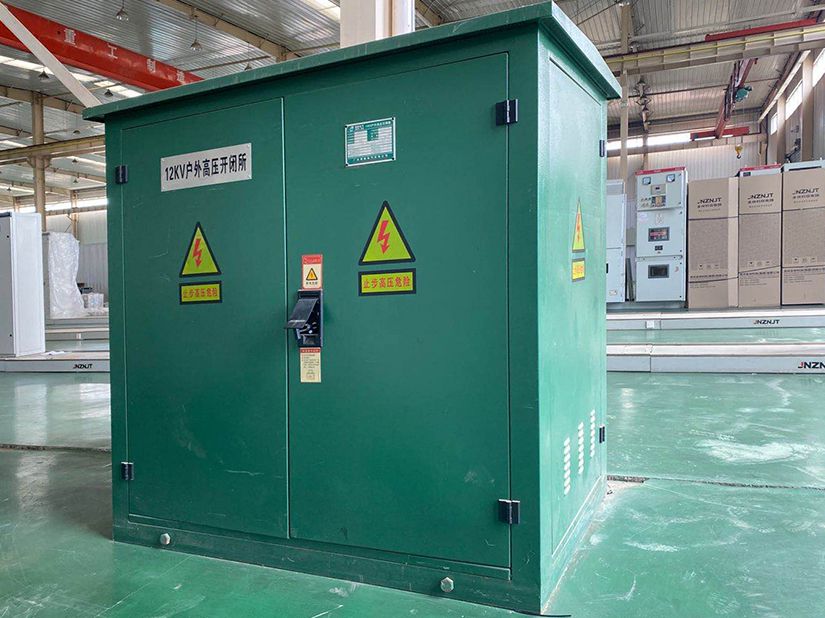
source:jinzhong transmission and distribution time:2020-11-24 Number of hits:1651of hits
Speaking of the substation, our first reaction may be the steel structure, plus the interwoven network of overhead lines. In fact, this is only a common type of substation, the professional name is "outdoor substation", corresponding to the indoor and semi indoor substation. Today we'll learn the difference between them.
Outdoor substation refers to the substation where the main equipment is basically arranged outdoors. Guizhou power distribution equipment is characterized by large floor area, electrical devices and buildings can fully meet the requirements of various distances, such as electrical safety clearance, fire protection distance, etc., heat dissipation is also very convenient, low cost investment, operation and maintenance and repair are very convenient. The substation with higher voltage level generally adopts outdoor layout, which considers its advantages of economy, convenience, stability and reliability.
Indoor substation refers to the substation in which the main equipment is placed indoors. It reduces the total floor area, but has higher requirements for the internal layout of buildings. It has the characteristics of compactness, large height difference and different requirements of storey height. Sometimes, it can beautify the appearance according to the surrounding environment, which is suitable for urban residential areas. At present, most of the newly-built 110kV substations in the main urban area are arranged in the user's internal layout.
Semi indoor substation refers to that except for the main transformer, the rest of the power distribution devices are centrally arranged in the production complex building. It not only combines the advantages of indoor substation in saving floor area and harmonious and beautiful environment, but also has relatively low cost. It is suitable for the construction of economically developed small towns.
Due to the highly integrated layout of indoor and semi indoor substations, the live equipment is arranged in a building, so the electromagnetic environment and noise impact on the surrounding environment are much lower than that of the outdoor substation. However, you can rest assured that no matter what form of substation is adopted, it is an optimized choice according to local conditions. It is necessary to provide continuous and stable electric energy to the surrounding users, and at the same time, it will ensure that the surrounding environment meets the standards and does not produce excessive environmental impact.
